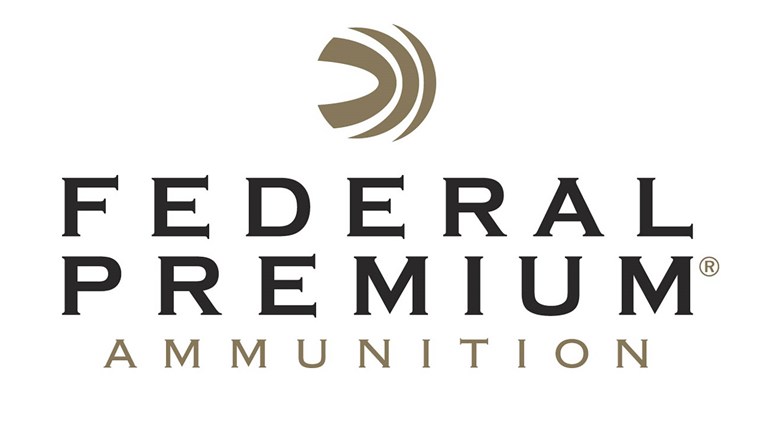
Editor's note: Editor in Chief J. Scott Olmsted put all of this gear to use on a recent waterfowl hunt at the fabled Wingmead farm. Catch up on his story here.
I was anxious to wear Browning’s Dirty Bird Wader Jacket and Gunner’s gloves. The jacket is insulated with PrimaLoft Synergy but offers plenty of freedom to move thanks to articulated arms and a short waist; it just fits well. The gauntlet-length gloves have elasticized wrists and waterproof OutDry membranes—you won’t pull up a sleeve full of water when you collect decoys. But as both are insulated and covered in Mossy Oak Shadow Grass Blades camo they’re too warm and bright for use in the timber.
In the dark timber and on deer stands, everyone wore Browning Hell’s Canyon outerwear. The midweight Soft Shell Jacket is the ticket for anyone who values mobility. It’s windproof, water-resistant and breathable thanks to Browning WindKill and pit zips. The Ultra-Lite Pant also is breathable. Both pieces are cut athletically for a snug fit. Both of my pieces are covered in Mossy Oak Break-Up Country camo. (Hell’s Canyon outerwear has come on strong in only two years; it was featured prominently in “Every Hunter Outfitted,” September.)
The real star of the show—in my hands, at least—was Browning’s Maxus shotgun. I first used a Maxus on a Manitoba goose hunt and looked forward to shouldering one again; I was not disappointed as the gun made me look like an expert. (Heck, ducks in my face did most of the work but clearly the shotgun played a role.) The Maxus’ PowerDrive gas system cycles a wide range of loads and, along with an Inflex II buttpad, takes a good bit of recoil out of every shot; 3- and 31/2-inch models are available. The receiver is made of aluminum alloy to reduce weight, something I appreciated when holding the gun while standing in water. Features waterfowlers should take note of include the Turnkey magazine plug and Speed Load Plus. Turnkey enables quick and easy changes in magazine capacity with a simple turn of a car key. With Speed Load, hunters may load shells into an empty gun or unload a full magazine without manipulating the bolt.
We used Federal Premium’s Black Cloud ammo. The stuff I shot, Black Cloud FS Steel Close Range, is designed specifically to achieve a full pattern at a mere 20-30 yards. Its payload, Flitestopper Steel, is packed in Federal’s rear-braking Flitecontrol wad. The first morning, mindful of my poor shotgun skills, I weighed down myself with two boxes of shells. I was smarter the second morning, and packed only one box. Indeed, perhaps even a handful of rocks will work when the ducks drop into your lap. This much is sure: A load designed to be effective at 40-50 yards would be too tight in the timber. In the thick stuff, Close Range may be just the ticket.

































